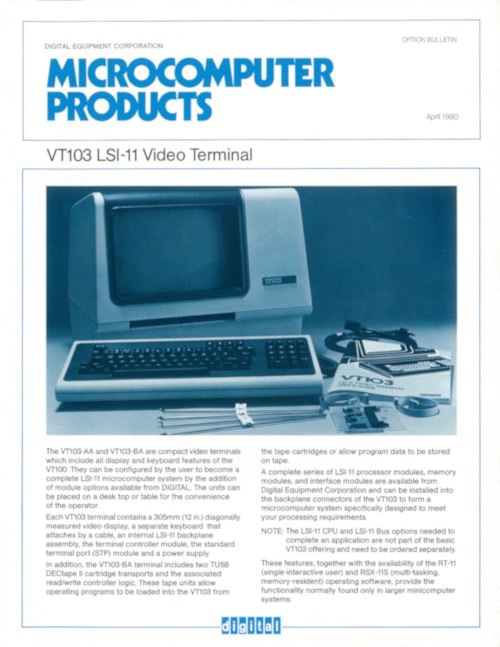hey all! i recently picked up a spare VT103 backplane on ebay thinking since they (VT103s) are quite rare, it might be possible to retrofit it into my VT100- as far as i know they are the exact same physical dimensions and all, just the power supply is beefier and there is an LSI11 backplane. that being said, i am not sure if there are any pitfalls that i should be aware of. apart from the stronger power supply (which can be provided via ATX conversion until i can find a genuine model), is there anything that i should be aware of? has anyone tried this before?
thank you!
thank you!

